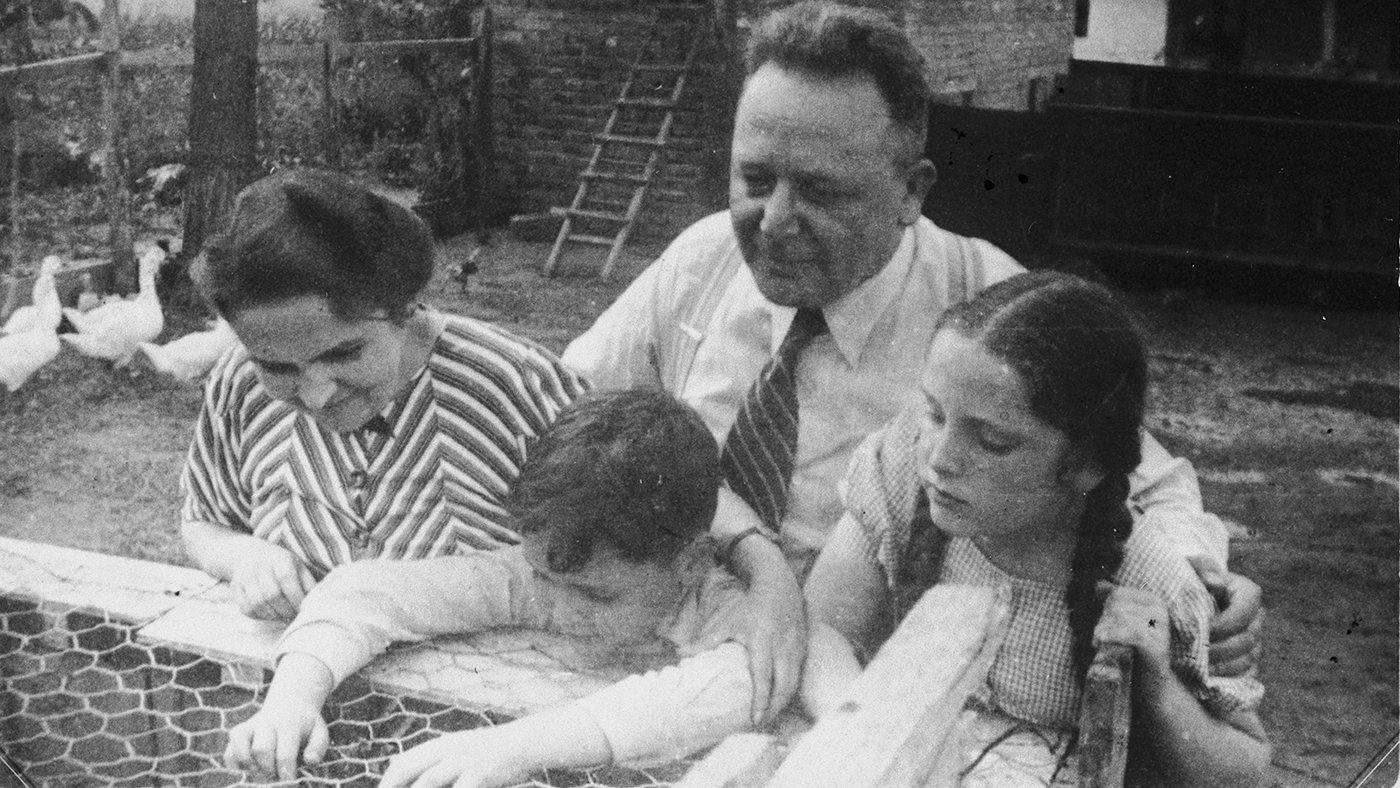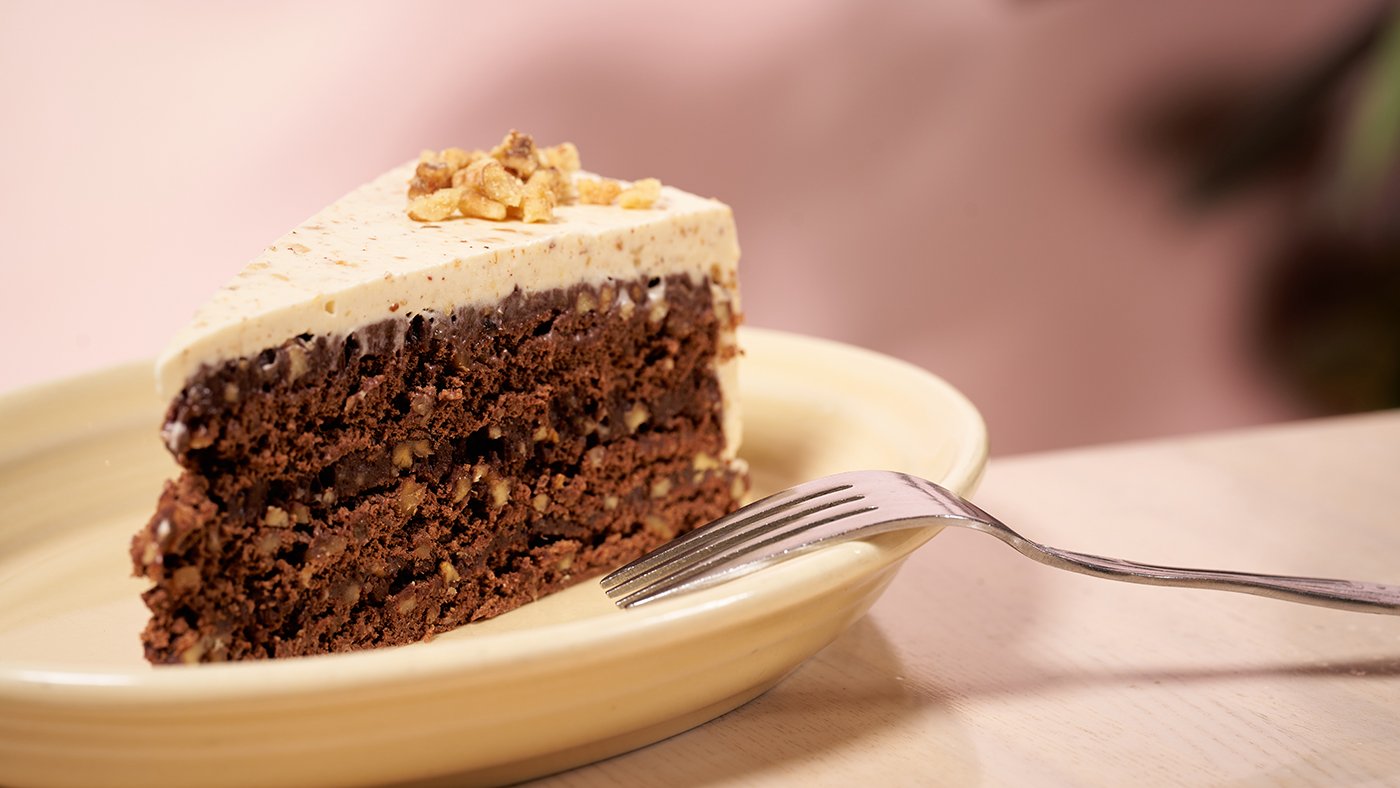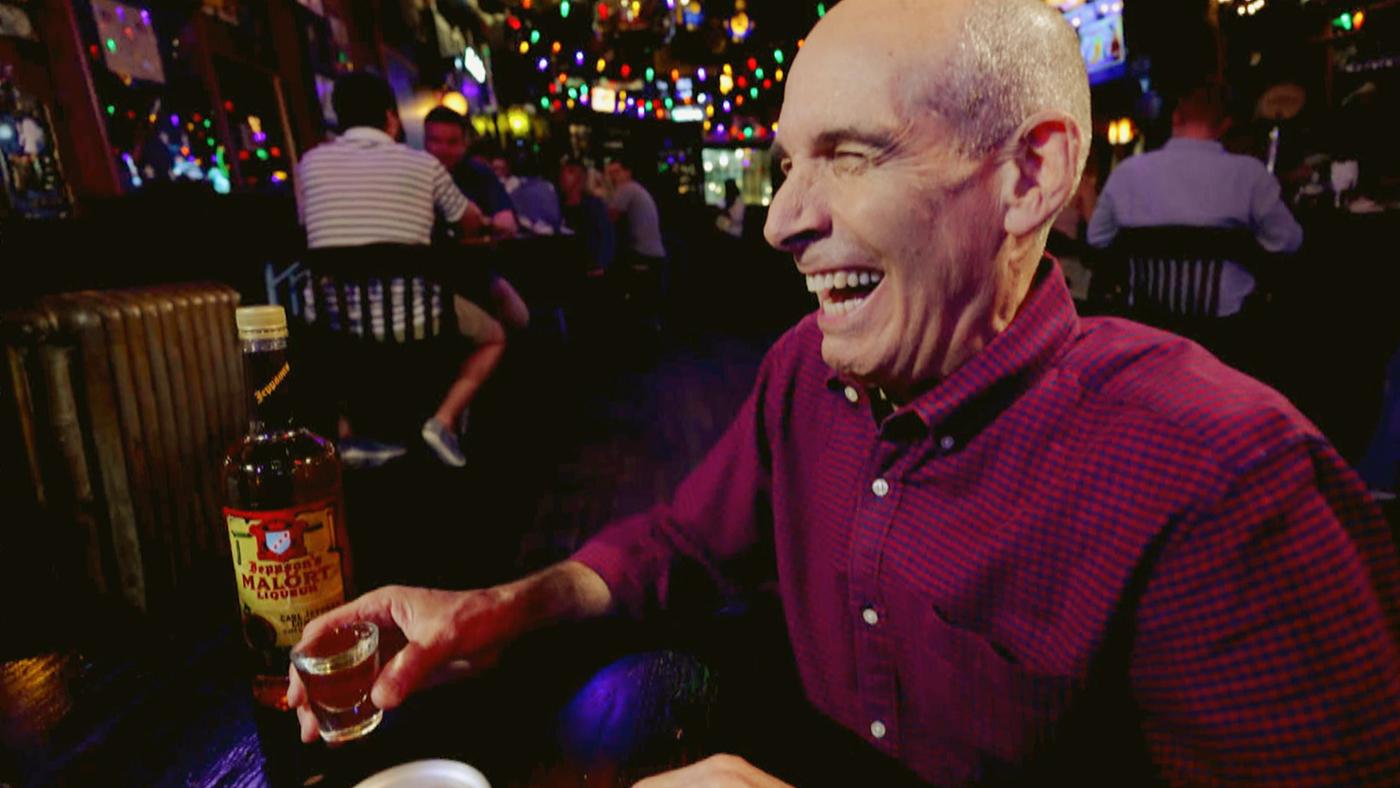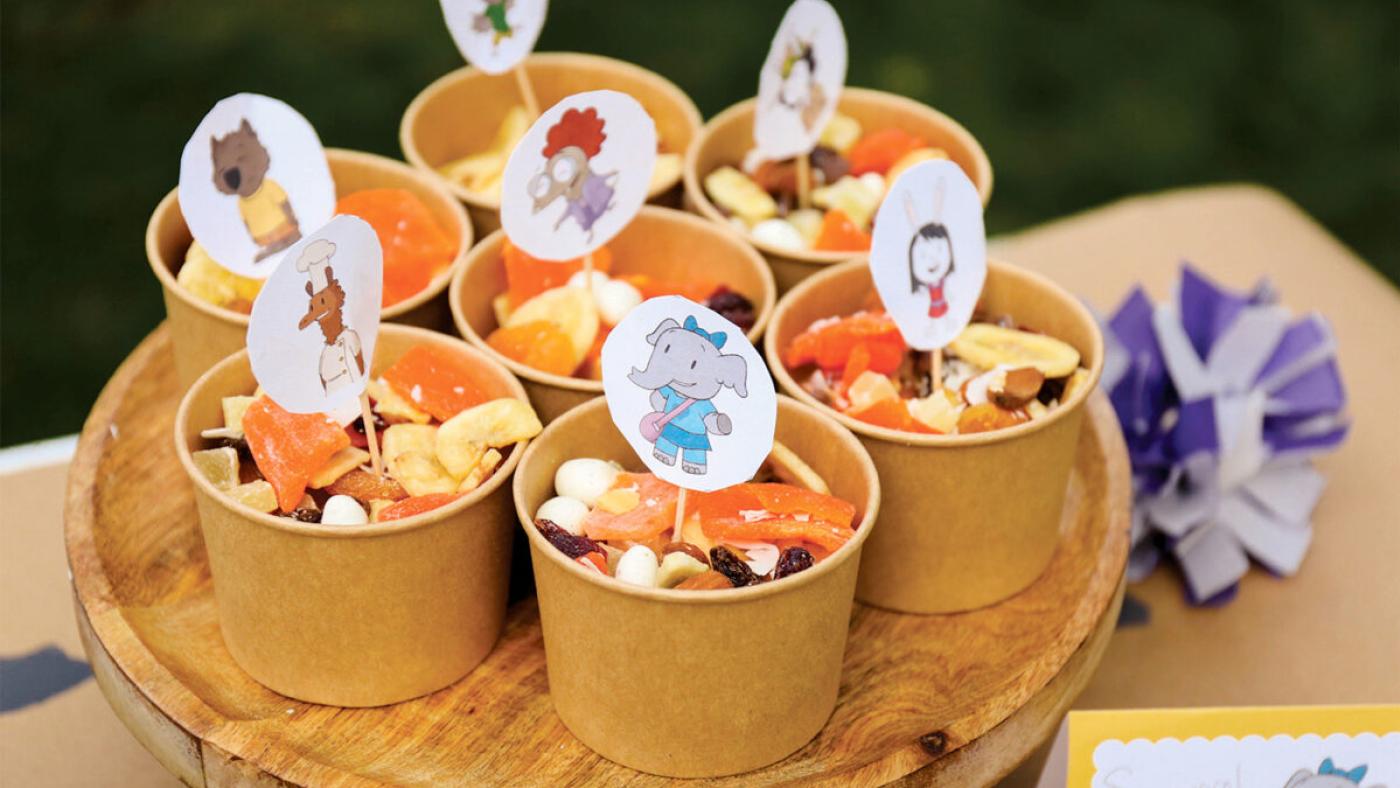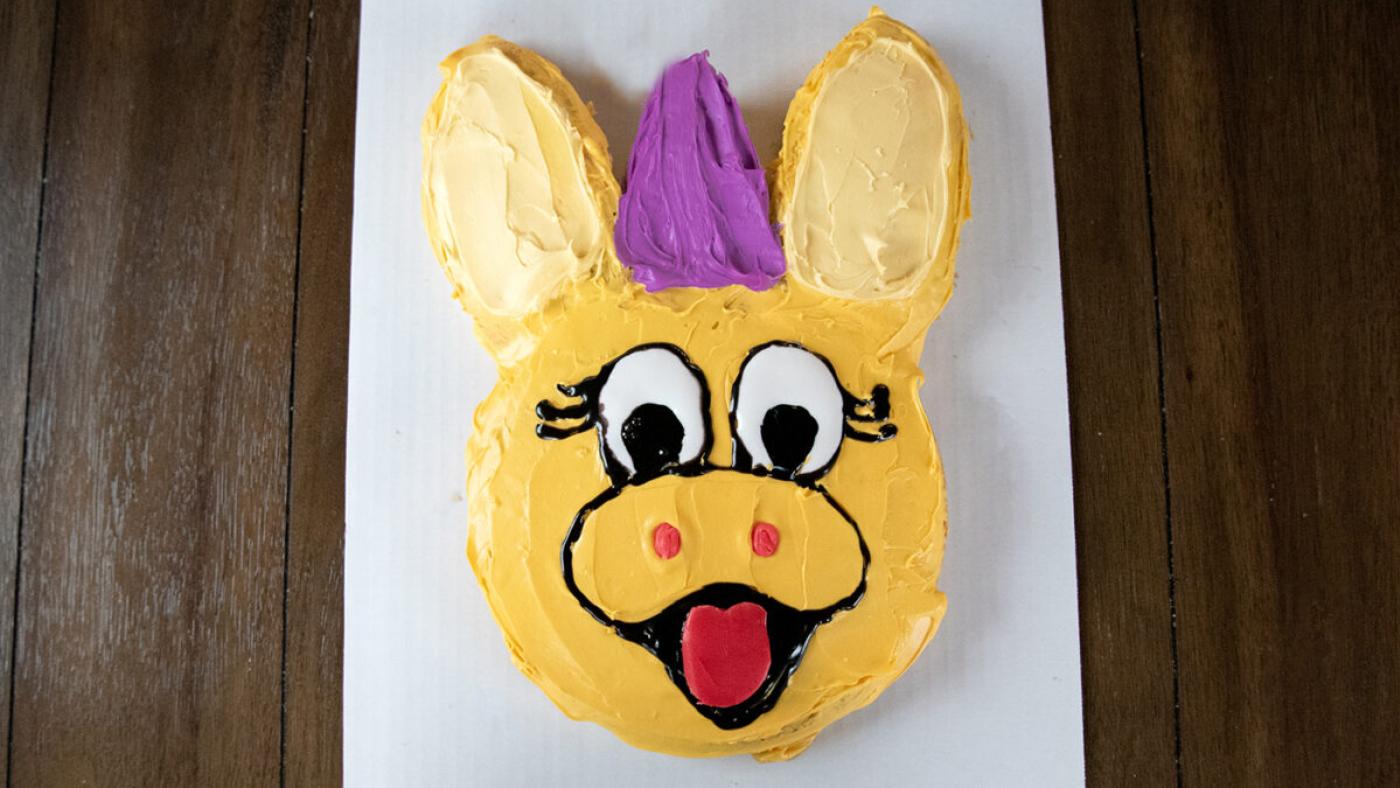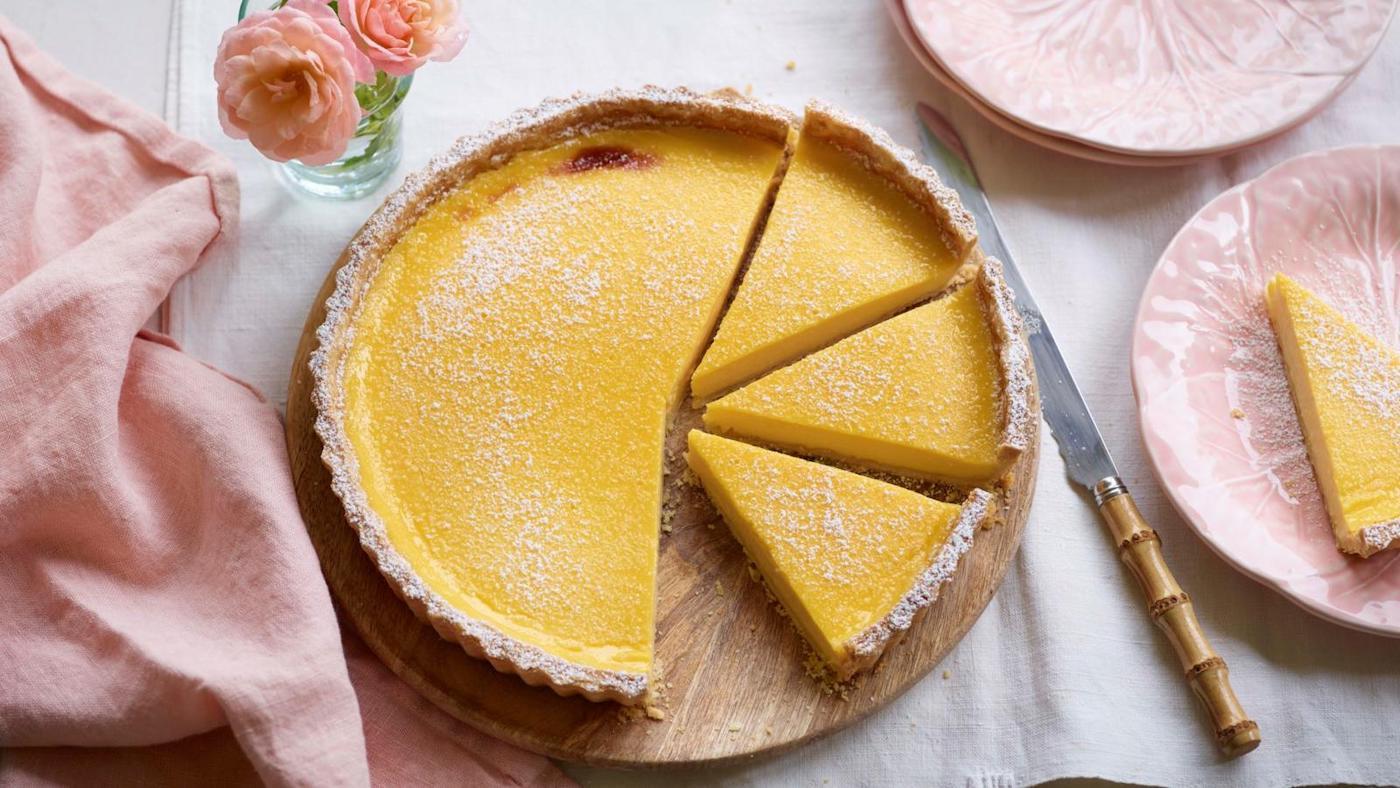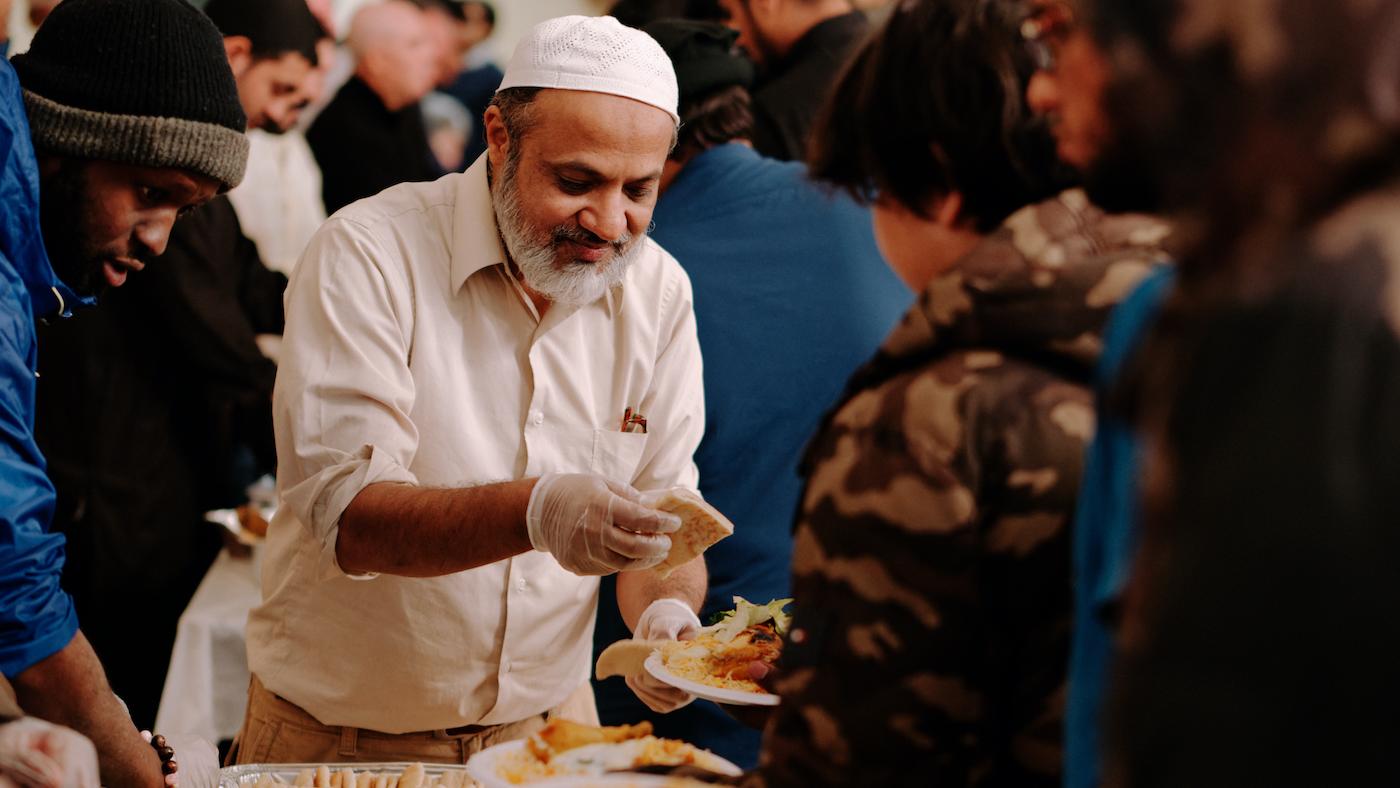Chefs Honor Rescued Recipes from Holocaust Survivors
Lisa Futterman
February 26, 2024
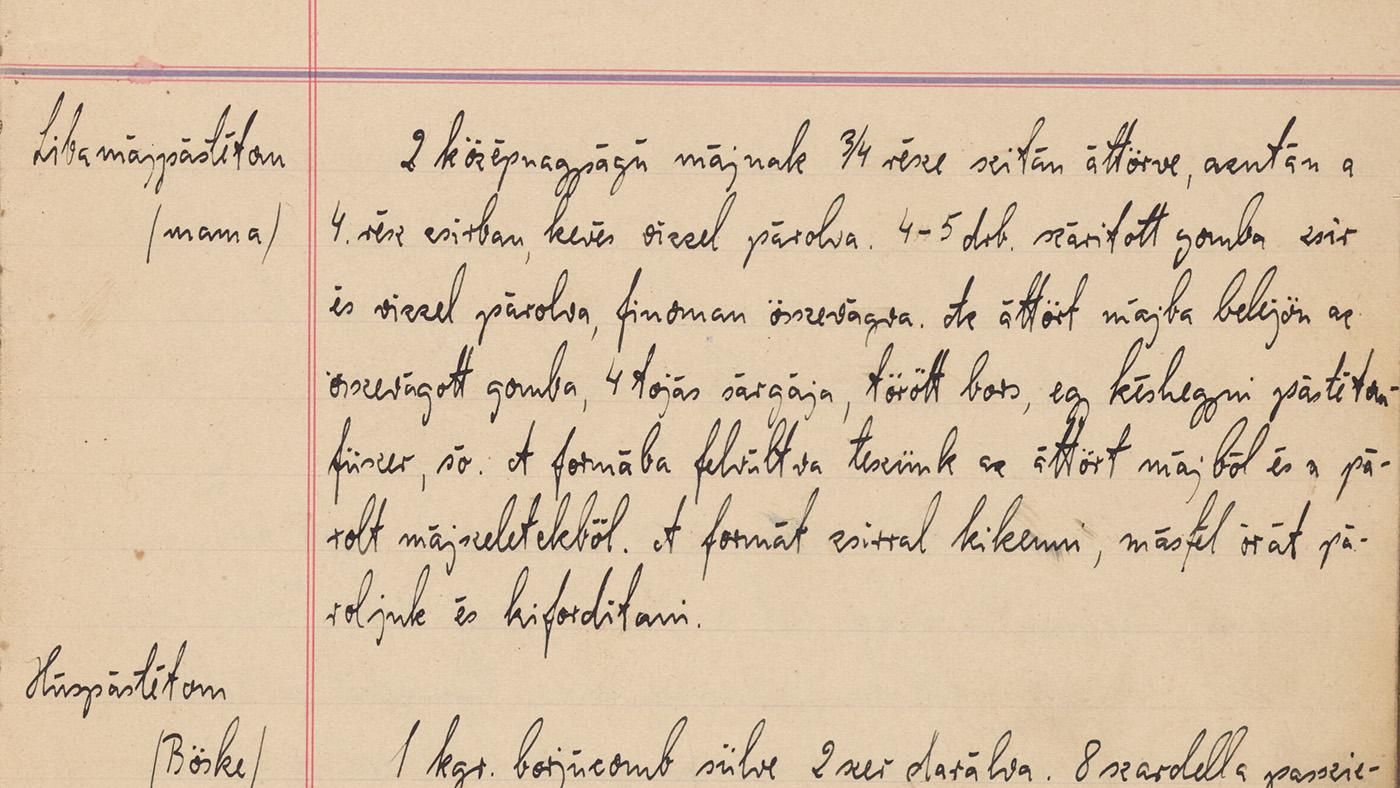
Get more recipes, food news, and stories by signing up for our Deep Dish newsletter.
A common story about the Jewish prisoners in Nazi concentration camps during World War II says that imprisoned women would tell each other food stories and share detailed menus and family recipes from their Shabbat dinners back home to give comfort in those dark times.
Many of those recipes died with their makers in the horrors of the Holocaust, but one particular collection survived thanks to an act of courage. It is now the basis of a series of dinners, including an upcoming one in the northern suburb of Glencoe, that helps raise money for the United States Holocaust Memorial Museum – and reminds people of all that was lost.
In 2012, a handwritten, leather-bound ledger of 130 family recipes came to the culinary archives at the Holocaust Memorial Museum. It caught the attention of Israeli-American chef and cookbook author Alon Shaya in 2020. He thought about the women at Auschwitz using food memories as an escape from their pain, and reached out to the ledger’s original owner, Steven Fenves, who was 88 at the time. Fenves and his sister Estera had emigrated to the United States in 1950 after surviving the Holocaust, and he regularly volunteered at the museum.
“At that point my goal was to talk with Steven about the cookbook, and hear a little bit about its story,” says Shaya. “But really I wanted to cook from it and I wanted to cook for Steven from it.”
Fenves was raised by his family in Subotica, in Yugoslavia, which was later taken over by German Nazis. (His family’s heritage, however, was Hungarian, and the influence of that heritage is evident in the family’s recipes). In 1944, when Steven was 12, he and his family were forcibly taken to a Jewish ghetto. His mother and grandmother were later murdered at Auschwitz, but in 1945, one day after arriving at Buchenwald after surviving a ten-day death march, Steven was freed when the camp was liberated by U.S. soldiers.
Unbeknownst to the Fenves family, the family cook, Maris, had bravely rescued a few treasures from their pillaged home when the family was taken, including many works of art by his mother, as well as her handwritten recipe book. Maris returned those treasures to Steven and Estera on their return to Subotica, and they brought them to the U.S., where the paintings still hang on the walls of the homes of the Fenves children and grandchildren. The recipe book was donated to the Holocaust Museum after Estera passed in 2012, and is digitized on the museum’s website.
Once Shaya and Fenves began corresponding in 2020, Fenves started translating the book’s recipes from their original Hungarian shorthand, and Shaya started cooking them.
“We would go back and forth, and I’d send him photos, and he'd say no that's not what it looked like, it looked more like this,” Shaya recalls. “And eventually I sent him a big box full of food that he opened up and tasted. It was his first time eating his mother's recipes for 80 years, and it was super powerful.” Shaya also researched recipes from Yugoslavia and Hungary in the 1920s and ’30s to help fill in the blanks.
The process led Shaya, a James Beard Award winner who owns prominent restaurants in New Orleans and Denver, to launch a series of dinners hosted in homes around the country featuring recipes from the Fenves cookbook, to raise money for the museum.
“People come to these dinners and they bring recipes from their grandmother that they want to show me, and everyone’s in tears,” says Shaya.
Next month, Shaya is leading one of those dinners in Glencoe with his former colleague Zach Engel, chef-owner of Michelin-starred Middle Eastern restaurant Galit in Chicago’s Lincoln Park, which recently won the Jean Banchet Award for Best Restaurant. The menu includes mushroom paprikash, duck liver pâté, apple tart, and potato circles – a pastry appetizer that Shaya describes as “like a bialy, but fried.”
“They're very simple Jewish recipes. Nothing is overwrought,” says Engel. “There aren’t ingredients that…you can't really find. It's this reimagining of these ingredients that we're all very accustomed to in this way that comes from Steven’s Hungarian heritage. I'm really excited to do them justice in the kitchen.” For example, a walnut cream cake (see recipe below), another of the four desserts on the menu for the March 4 dinner, is a Fenves childhood favorite that happens to be gluten-free.
To date, Shaya’s dinner series has raised more than six hundred thousand dollars for the Holocaust Memorial Museum’s collections department to digitize their archives, so that the public has online access to the letters and recipes left behind by victims of the Holocaust.
As in the story of the women at Auschwitz, Shaya believes in the power of food in conveying history, “by making a meal together and sitting down around the dinner table and telling the story of how this hero cook saved this book, and…[sharing] why we get to eat these recipes tonight.”
“You can tell a 12-year-old that Hitler burned books and killed six million Jews, but what does that mean to a 12-year-old?” says Shaya. “But when they can dip their spoon into a delicious, creamy, walnut cake, you're going to get their attention, and from there, these stories can be shared in a way that inspires the next generation. To not practice hate, and to not hate people because of who they are.”
Walnut Cream Cake
Courtesy of the United States Holocaust Memorial Museum
Ingredients
Yields one 9x5 cake
5 cups walnut pieces or halves, divided
12 ounces soft unsalted butter, softened, plus more for the pan
8 large eggs, separated
1 teaspoon cream of tartar
2 teaspoons kosher salt, divided
1 1/4 cups granulated sugar, divided
Zest of 2 lemons, divided
2 cups dark chocolate chips or chopped pieces, divided
3/4 cup almond flour
1 cup whole milk
1 1/2 cups of powdered sugar
3/4 teaspoon vanilla extract
To make the cake:
1. Preheat the oven to 300 degrees and toast the walnut pieces for 15 minutes or until golden brown and fragrant. Remove from the oven and let cool to room temperature. Place 1/2 cup of toasted walnuts aside for garnish.
2. Grind the remaining walnuts through a meat grinder so they are evenly ground and fluffy. You can also chop in a food processor or with a knife but make sure you get the mixture chopped fine and evenly. Set aside.
3. Prepare a 9x5 loaf pan by lining it with buttered parchment paper. Preheat the oven to 350 degrees.
4. In a stand mixer with a whisk attachment, whip the egg whites with the cream of tartar until stiff peaks form, then incorporate 1 teaspoon of the kosher salt.
5. Remove the whipped egg whites from the stand mixer bowl and place into a separate bowl. Set aside. Wash and dry the mixer bowl and place in the egg yolks with 1/2 cup of the granulated sugar and zest of one lemon. Whisk on high speed until pale in color and it has a light and fluffy texture. You will need to scrape a few times to make sure it’s evenly combined.
6. Melt 1 cup of the chocolate in the microwave or over a double boiler. Pour the melted chocolate into the whipped yolk mixture and whisk well.
7. Fold in 1 cup of the ground walnuts as well as the almond flour into the yolk mixture. Make sure it is well combined, then add 1/3 of the whipped egg whites into the bowl. Lightly fold in, being careful to keep as much of the air in the mixture as possible. Repeat two more times, only folding in 1/3 of the whites at a time.
8. Once fully incorporated, pour the batter into the lined loaf pan and bake for 40-45 minutes, until the cake has reached an internal temperature of 208F or a butter knife comes out clean with no raw batter attached to the blade.
9. Let the cake cool for 15 minutes in the pan, then remove and place on a wire rack to cool completely to room temperature. Slice the cake into thirds along the length of the loaf.
To make the filling:
1. Place 2 cups of the ground walnuts, the milk, and 3/4 cup of granulated sugar in a saucepan over medium heat. Bring to a simmer and let cook for 10 minutes. Remove from the heat and fold in the remaining 1 cup of chocolate. Stir until well combined and let cool to room temperature.
2. Layer the cake by placing half of the filling on the first layer and half on the second layer. Top with the last slice of cake and place in the refrigerator for two hours to chill. Remove and trim the cake so it is a rectangle with straight edges. Keep the pieces you trimmed off for snacks.
To make the icing:
1. In the stand mixer with the whisk attachment, place the softened butter, the powdered sugar, the vanilla, the remaining cup of ground walnuts, the zest of the remaining lemon, and the remaining teaspoon of salt. Whip on high speed until light and fluffy. You’ll have to scrape the sides of the bowl with a rubber spatula to make sure it’s evenly combined. Ice the cake and garnish with toasted walnut halves. Best to serve at room temperature.

